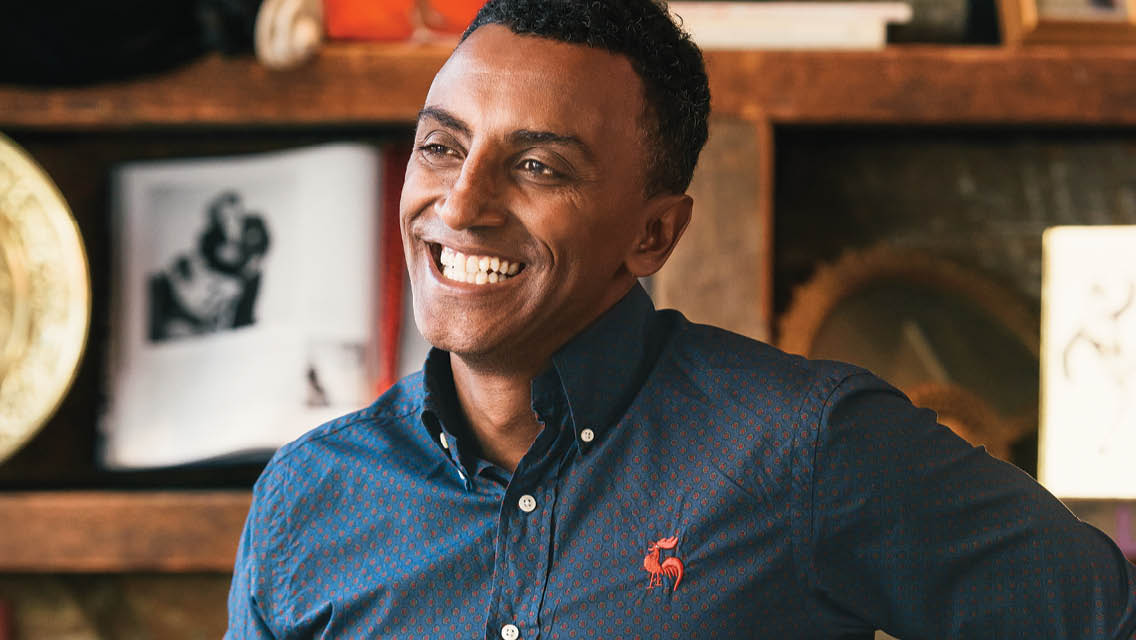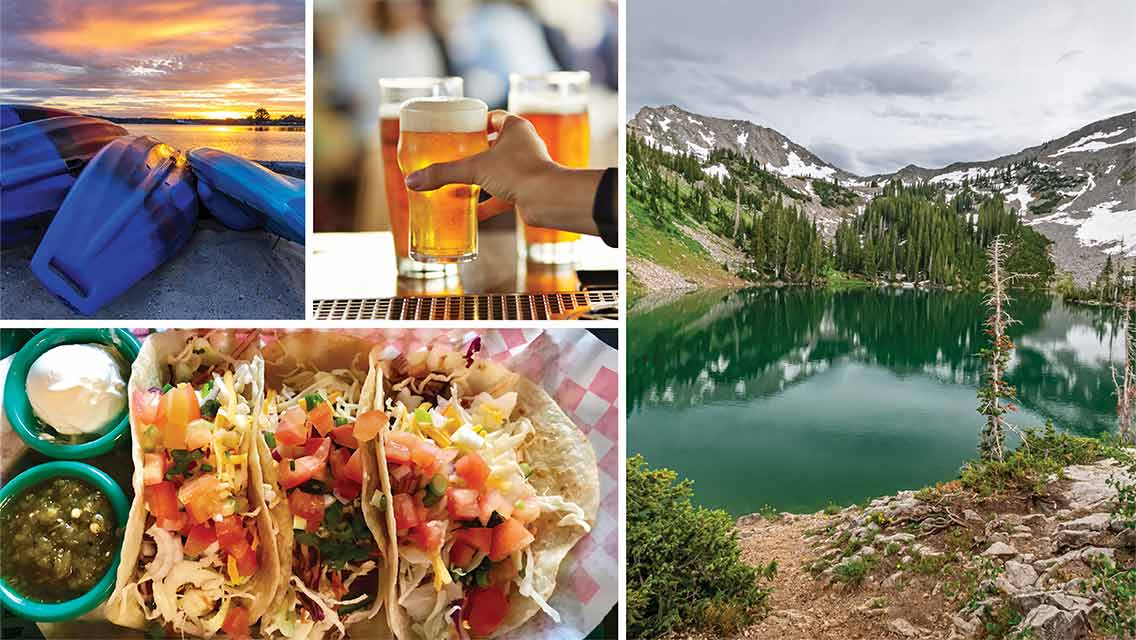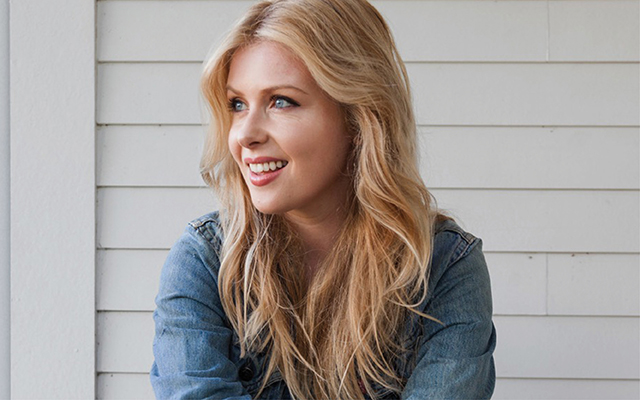When the coronavirus hit New York City, Marcus Samuelsson reacted like any great chef. The restaurateur, author, and founder of the acclaimed eatery Red Rooster Harlem took stock. He figured out what he had that would enable him to keep feeding as many hungry people as possible.
“That’s a chef’s journey,” Samuelsson says. “Sometimes it is being a relief worker or a first responder; sometimes it is cooking for your family; sometimes it is cooking in a restaurant. When you have the capability to make food, it gives you license to go where you’re needed.”
Born in Ethiopia in 1970, he learned to adapt at an early age. His mother — to whom his new cookbook The Rise: Black Cooks and the Soul of American Food is dedicated — passed away when he was very young, and the country’s civil war separated him and his older sister from their father and siblings. Adopted by a Swedish family, the pair grew up in Gothenburg.
Samuelsson learned to cook from his Swedish grandmother, who taught him regional classics like meatballs, ginger snaps, and apple jam.
After refining his culinary skills in Japan and France, Samuelsson settled in New York City and worked in the kitchens of various Michelin-starred restaurants. He eventually opened his own in 2010, Red Rooster Harlem, which quickly became famous for its delicious dishes, convivial atmosphere, and celebration of Black food traditions. (He’s since opened several more restaurants in the United States, Canada, and Sweden.)
He credits his Ethiopian father, with whom he reconnected as an adult, and his Swedish grandmother for making him the chef he is today.
Samuelsson’s passion for cooking is matched by his passion for education, both in mentoring young chefs and in teaching Americans about their food heritage. He has served as a judge on multiple cooking shows, including Top Chef, Iron Chef USA, and Chopped. He’s hosted his own public-television series, No Passport Required, which explores the food communities in great American cities — Middle Eastern food in Detroit, Mexican cooking in Chicago, Italian fare in Philadelphia. The last episode of the second season aired just before the pandemic struck.
Samuelsson, who lives in Harlem with his wife and young son, has invested most of his life in the restaurant industry and has no intention of giving up on it. He remains board co-chair of the Careers Through Culinary Arts Program (C-CAP), which offers restaurant training to young people from underserved communities.
He sees Black-owned restaurants as key to holding America’s cultural fabric together, especially as the country works to heal its longstanding wounds around racial injustice. The stories and recipes of Black chefs — including icons like the late Leah Chase, the Queen of Creole Cuisine, as well as talented young cooks who’ve yet to achieve name recognition — are the centerpiece of Samuelsson’s new cookbook.
“To support Black chefs is one of the most important things we can do in this moment,” he says. “If those businesses disappear, we will have missed so much of what is American food. Black food gives us a window into our culture, American culture, that hasn’t been documented enough.”
Q&A With Marcus Samuelsson

Experience Life | What drew you to opening restaurants? It’s tough work.
Marcus Samuelsson | It’s funny — I never thought about it as tough work. It’s the work that I choose and the work that I love. As I grew up, I witnessed what it was like for my uncles who worked as fishermen. They worked hard every day, whether it was going out fishing or cleaning a boat or repairing the nets — I saw them enjoying that.
I’ve also been around food and making food all my life, because my grandmother also cooked a lot. So, I just wanted to continue to grow as a cook and continue to develop young chefs.
EL | What was it like turning a fine-dining establishment like Red Rooster into a community kitchen?
MS | Around March 15 I called my friend José Andrés [restaurateur, humanitarian, and founder of World Central Kitchen, featured on page 4 of the May 2021 issue of Experience Life], and he said, “We have gloves, we have masks. We can come and set up your restaurant.” I didn’t even know what it meant to serve 1,500 people a day, yet when all of this was said and done, we served 225,000 free meals at Red Rooster.
It changed for me what it means to be a restaurant in Harlem, what it means to be a restaurant in Newark. In Miami, we hadn’t even opened that restaurant yet. We tried, then we converted it to a community kitchen. (The Miami Red Rooster is now open.)
EL | Was there anyone you met on the line for the community kitchen who really moved you?
MS | In Miami, a lot of our staff that we had to let go came to the line. There were people who were on the other side just a week before helping us get ready for the grand opening. So, there was that excitement that a restaurant opening has, and then five days later their worlds were upside down, just like many other people whose worlds were upside down. But they knew they could get a meal with us. I’ll never forget that.
There were also a lot of homeless people in Harlem who helped people in the line. They know how to wait for shelter, for example. They’ve been around lines in a completely different way than someone who maybe just lost their job. So, they were the ones talking about showing up early. They were socially distanced, they were masked. So, there’s an enormous amount of dignity in things that I learned that I just didn’t have a clue about before.
EL | The words “Black Food Matters” appear on the back of your new cookbook. How do you define Black food?
MS | Black food is not monolithic. You can be African American like Chef Nyesha Arrington, who is Korean African American from California, or you can be like Chef Kwame Onuwuachi, having Trinidadian, Jamaican, and Nigerian roots. Or Ethiopian American like myself, with a Swedish background. It’s very vast and has many genres.
EL | How is Black food central to American cuisine?
MS | Black food is a major part of American food. In fact, there are five original cuisines in American food that stem from the African-American journey: barbecue, low-country, Creole, Cajun, and what we talk about as Southern food or soul food. They’re all original cuisines that come out of our traditions.
EL | What changes when we understand our food traditions?
MS | It impacts everything, way beyond food. Just think about what we learned from the Italian-American immigrants. People are cooking a version of an Italian meal probably in 50 million American homes at this very moment. We don’t refer to Italian-inspired food as food from another place. It’s from Italy, and if you have a lot of knowledge, you can even reference if it’s from southern Italy or from northern Italy.
If we can do that with Black food, think about what that would do in terms of culture and race relationships. Think of how that changes something if you go to Charleston and visit [barbecue celebrity] Rodney Scott — you’re searching for these backstories. You might also ask, “How did that rice come to Charleston?” Soon the slave trade will have a completely different meaning, and we can talk about it.
You might also think about who owned the land and who worked the land, and who got the generational wealth that that labor built. We know now the story of Nearest Green, the man who actually developed the recipe for Jack Daniel’s. So how many Nearest Green stories are there — incredible craftspeople who didn’t have the tools or the law behind them to create a company and generational wealth for their families?
EL | How do Black food traditions inform your restaurants?
MS | I’m very strategic about where I put the restaurants. Newark, Miami’s Overtown, Harlem are all sites that are significant to the civil-rights movement and the African-American journey. I hire within those communities.
I’m also choosing the office, the architect, all the people who come with that. Putting your foot down creates jobs, and it also creates a traffic of professionals coming into those places. That has ripple effects. It inspires people who work in the restaurant to say, “One day I can go and do that.”
EL | You’ve lived all over the world. What is one thing we all have in common when it comes to food?
MS | We all want delicious food, but not only that. Food can be tribal, it can be spiritual, it can be nurturing, it can show aspirations, or where we came from. There are so many entry points, but they all want to be heard through our food.
This article originally appeared as “All Rise” in the May 2021 issue of Experience Life.




This Post Has 0 Comments